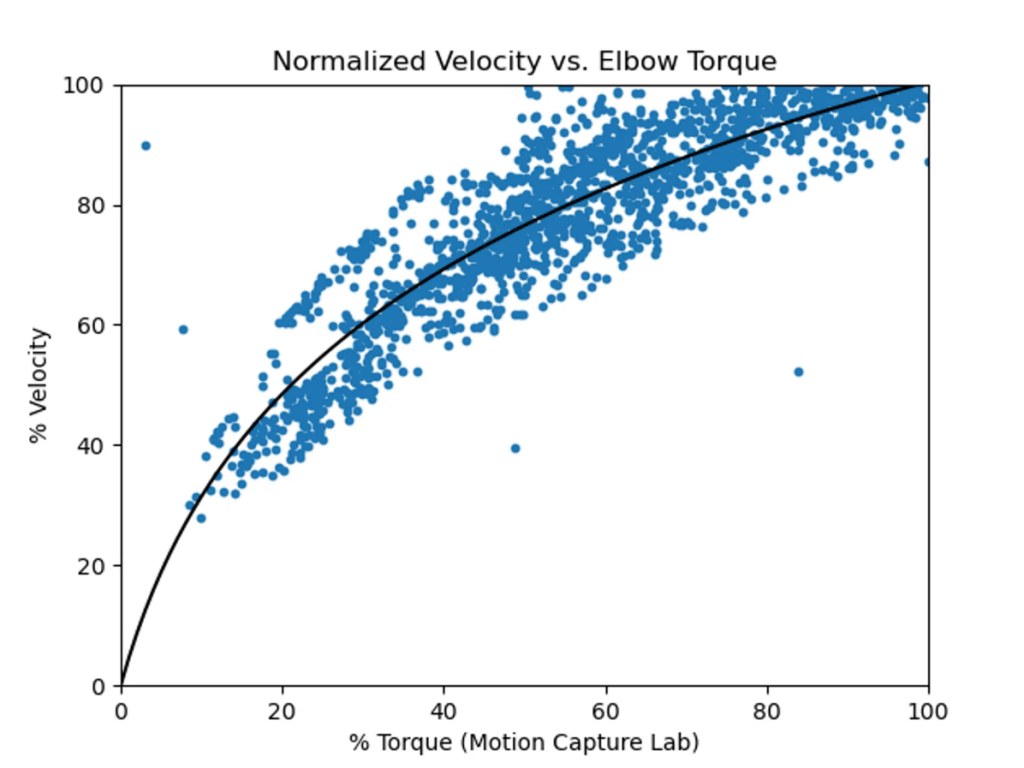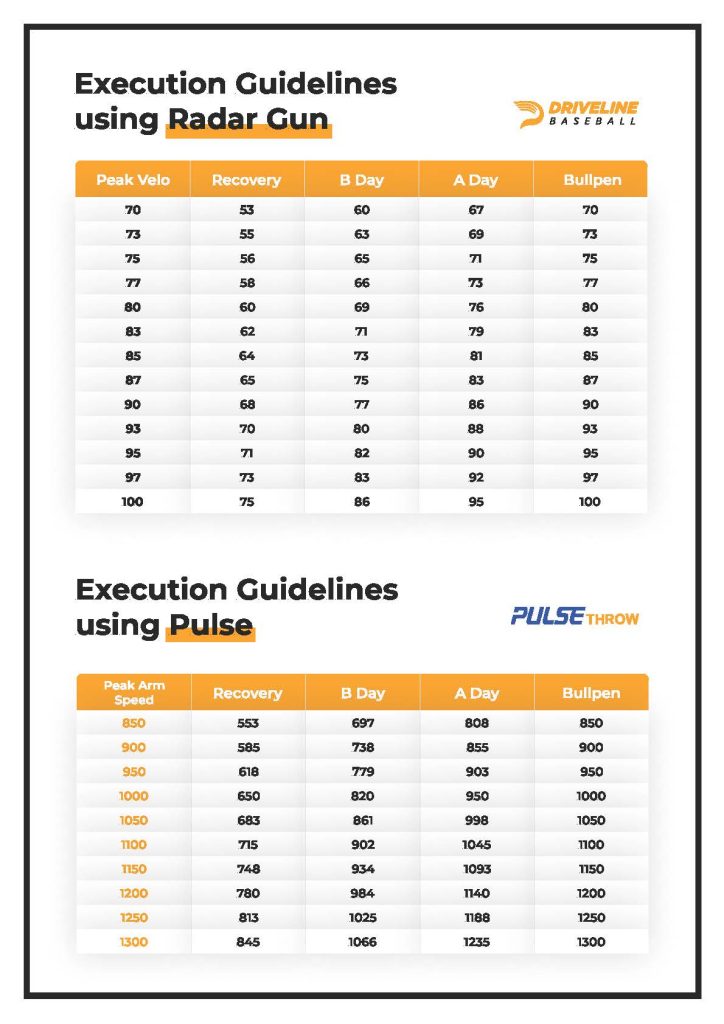This concept of workload administration isn’t distinctive solely to baseball, nor to Driveline. It’s a idea as outdated as coaching. As coaching enters the trendy age, GPS displays used to trace the space lined and velocity reached by athletes have gained prominence in different sports activities, equivalent to soccer, basketball, and soccer. Throughout the faculty {and professional} ranks, groups have acknowledged the significance of monitoring workload and fatigue, utilizing know-how to make smarter choices about how athletes practice and get better.
The distinction in baseball, nonetheless, is that accidents are overwhelmingly targeting a single joint: the elbow. Whereas different athletes cope with basic put on and tear throughout a number of areas of the physique, pitchers face a extra localized drawback. Practically each throw made applies stress to the UCL, which is now essentially the most talked about ligament in skilled sports activities. Understanding how stress accumulates is important, but most throwing applications nonetheless depend on imprecise estimates and incomplete knowledge to gauge workload. If the purpose is to maintain pitchers wholesome whereas permitting them to throw more durable, extra precision is required.
Conventional approaches to monitoring throwing quantity depart a big majority of throws unrecorded. If a pitcher throws a 25-pitch bullpen, that’s usually understood to be a “excessive effort” day with 25 excessive intent throws. It’s simple to have a look at that quantity and assume that it represents the complete workload for that session. However what in regards to the plyos to heat up, catch play to get the texture for the baseball, and throws on the mound earlier than the bullpen begins?
The bullpen itself isn’t the one throwing accomplished, however these throws traditionally are the one ones tracked. And not using a system like PULSE, all the extra throws are invisible. A day that reads “Bullpen – 25 Pitches” can have 5 occasions the variety of throws listed, not accounting for the depth of these throws.
For the times between mound periods, most coaching plans assume that pitchers execute their prescribed exercise precisely as supposed. Nevertheless, that’s not often the case. The hidden stressors accumulate and, in the event that they go unchecked, unaccounted for fatigue can result in a decline in efficiency and even damage. The distinction between feeling your greatest and needing a day usually lies within the unseen reps that occur exterior of a bullpen or recreation look.
PULSE eliminates the guesswork. Fairly than counting on estimates or assumptions, it supplies an entire, goal document of how a lot a pitcher is throwing, the overall load they’re underneath, and the way their workload fluctuates from daily. This permits pitchers and coaches to assemble extra exact coaching plans and extra knowledgeable changes all through the season.
What Have We Realized?
PULSE is utilized by each in-gym and distant athletes that practice with us to trace the quantity and depth of every throw they make. Utilizing whole throws, arm velocity, and torque, we see every athlete’s throwing workload with readability. This permits for higher understanding the calls for of the throwing applications we ship to our athletes.
An instantaneous takeaway from PULSE is that throwing quantity is difficult to trace. Manually counting the variety of throws you make on the plyo wall, in catch play, throughout defensive work, and in warmups within the bullpen is tough and pointless, neither is it possible for a coach to do together with his whole employees.
Outdoors of quantity, we have now come to grasp gauging sub-maximal depth can also be exhausting. Deliberately mild throwing days, which we name in our programming as “Restoration” and “Hybrid B” days, are solely significant if the depth is correctly managed. Our paired use of PULSE and radar weapons helped us uncover that many pitchers fail to constantly execute depth suggestions. On days the place the trouble is deliberately low, it isn’t unusual to see athletes overshooting the prescribed depth.

“Restoration” and “Hybrid B” days, are important for sustaining throwing ability and health whereas retaining the torque utilized on the elbow low. Overshooting the low days results in a bigger continual load positioned on the joint, by no means giving the encompassing musculature time to get better.
Whereas PULSE assisted in figuring out this development, it additionally permits us to make faster interventions. Suggestions and changes can happen on a throw-level foundation serving to pitchers hone their perceived effort, or really feel, with goal measurables. The rise in really feel results in extra throwing periods being carried out on the applicable effort.
As a pitcher approaches his peak velocity, the torque the elbow experiences doesn’t improve linearly. In truth, the connection between torque and velocity is kind of the alternative. Considerably extra torque is utilized the nearer a pitcher will get to his peak.


This has some main coaching implications. On days the place velocity isn’t the precedence, small will increase in velocity end in disproportionate will increase in torque. Over time, the rise in whole torque results in continual fatigue and the lack to completely get better. This solely additional emphasizes the necessity for extra exact throwing programming and monitoring on the lighter throwing days.
As pitchers accumulate fatigue, the connection between torque and velocity adjustments. A fatigued pitcher experiences extra torque to keep up their standard stage of velocity. These results of fatigue are compounded throughout lengthy innings, deep in outings, or late in a season. That is one thing that’s intuitively understood and has been combatted with pitch counts throughout an inning or outing and inning limits over a calendar yr. PULSE permits us to quantify the results for every athlete and make higher, extra exact coaching suggestions.
👀👀👀 https://t.co/O8LSdJoFjf pic.twitter.com/qyCb52kPyX
— Clayton Thompson (@clayton_t22) January 4, 2025
Pitchers and coaches are actually armed with the required info to make higher coaching choices all year long. Whether or not it’s throwing an excessive amount of or not sufficient, figuring out when to regulate the throwing schedule or depart it as is has by no means been simpler.
Making use of the Analysis
Taking these insights into consideration permits us to design extra exact coaching and workload pointers. Throwing applications are historically constructed round basic suggestions for effort, quantity, and depth. “Gentle lengthy toss,” “contact and really feel,” “facet session,” and “bullpen” are all widespread issues you’ll hear round practices. Every comes with an assumed understanding of how these days are purported to be carried out. With PULSE, there may be much less room for interpretation and higher understanding of how every session is carried out.
By analyzing every athlete’s taking part in stage, peak velocity, arm velocity, and throwing historical past, we are able to now prescribe individualized pointers that present particular, quantified targets on all throwing days. As a substitute of counting on imprecise options equivalent to “medium effort” or recommending 7-8 RPE, the athletes we practice now have concrete numbers to orient themselves round. For the reason that 2022 Summer time, an athlete coaching in our gyms or following one in all our free applications on-line would see the next chart guiding you in your throwing session.


As we developed our Driveline Baseball coaching app, the chart went from hanging on the partitions to showing on the house display screen of the Driveline Baseball Coaching App for every athlete. We name this instrument SMART Stories. Not solely do athletes get suggestions on how prior throwing periods have gone but additionally obtain ranges for what velocity they need to be working in for the upcoming periods—PlyoCare drills included.
The day by day SMART Stories we give our athletes act as a hub to offer suggestions on their earlier coaching day and set the intention for the upcoming one. The aim of those is to not prohibit our athletes or have them do much less—fairly the alternative really! When it’s time to carry out, whether or not it’s a Velocity Day in offseason coaching or Recreation 7 of the World Collection, we wish to make sure that the right quantity of labor has been accomplished to present our athletes the arrogance and functionality to exit and compete with senseless aggression. No worrying about “have I accomplished sufficient? An excessive amount of?”—simply executing the duty at hand.











